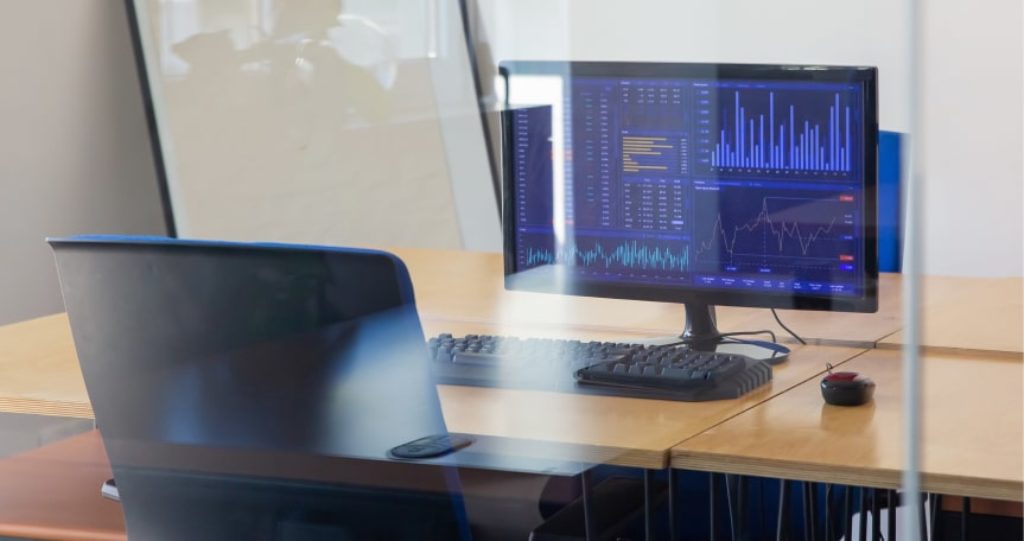Data Visualization Consulting Services
SoftTeco’s data visualization services help companies translate massive data sets in actionable recommendations for innovation and growth. Transform your information into meaningful insights and empower all users within your organization.
Why Businesses Need Data Visualization
Data visualization helps organizations unpack all historical and real-time information and organize it in a clear manner through intuitive visuals. In this way, companies become empowered to make accurate forecasts and eliminate guess work from the decision-making process.
Use innovative BI tools to:
Data Visualization Services that SoftTeco Offers
BI Development and Implementation
SoftTeco offers BI consulting, as well as the the development and implementation of Business Intelligence platforms to help businesses manage their information in the most effective manner. Our team will set up the needed reporting while maintaining a high level of integrity and security.
Dashboard and Reporting
We offer the development and optimization of dashboards and reports, so you always have the information presented to you in the most suitable manner. We develop dashboards for a vast range of users, so all members of your organizations take part in decision-making processes.
Data Visualization Services
SoftTeco uses a vast range of visualization techniques, including line charts, heat maps, and many others. After collecting and processing your information, we will provide you a solution that will best address your needs, leaving no questions unanswered.
Data Preparation and Collection
The value of data visualization services comes from the quality of the information in use, and we understand that. SoftTeco can assist you in collecting and processing your information to make sure it is structured, cleansed, and ready for the analysis.
Data Visualization
Use Cases
As an experienced data visualization company, SoftTeco helps organizations across industries set their information in order and meet their business needs through accurate decision-making. Here is how we help industries thrive:

Finances
- Track revenue and expenses
- Identify and manage risks
- Monitor financial flows

Manufacturing
- Monitor equipment performance
- Predict customer demand
- Identify areas for improvement

Logistics
- Optimization of route maps
- Reduction of operational costs
- Optimization of space utilization

HR
- Identification of performance gaps
- Identification of recruitment needs
- Analysis of employee productivity

Marketing
- Forecasting of customer behavior
- Better customer segmentation
- Customer profitability analysis

Healthcare
- Accurate information interpretation
- Improved patient care
- Recognition of disease trends
Our Projects
Data Visualization Consulting Services by SoftTeco
In order to get the maximum benefit from your available information, it is important to ensure its quality, define the right data management process, and choose the most appropriate visualization and reporting tools. SoftTeco can help you resolve the challenge by providing consulting services that involve identification of your business needs, selection of the most suitable tools, and further setup of processes.
With SoftTeco, you get:
01
A clear understanding of what information you need for your business challenge
02
A selection of tools best suited to your requirements
03
A team of professionals with profound knowledge and experience
What our clients say
Why Choose SoftTeco as Your Data Visualization Company?
More about Data
What we do
What we think
+ Show more




